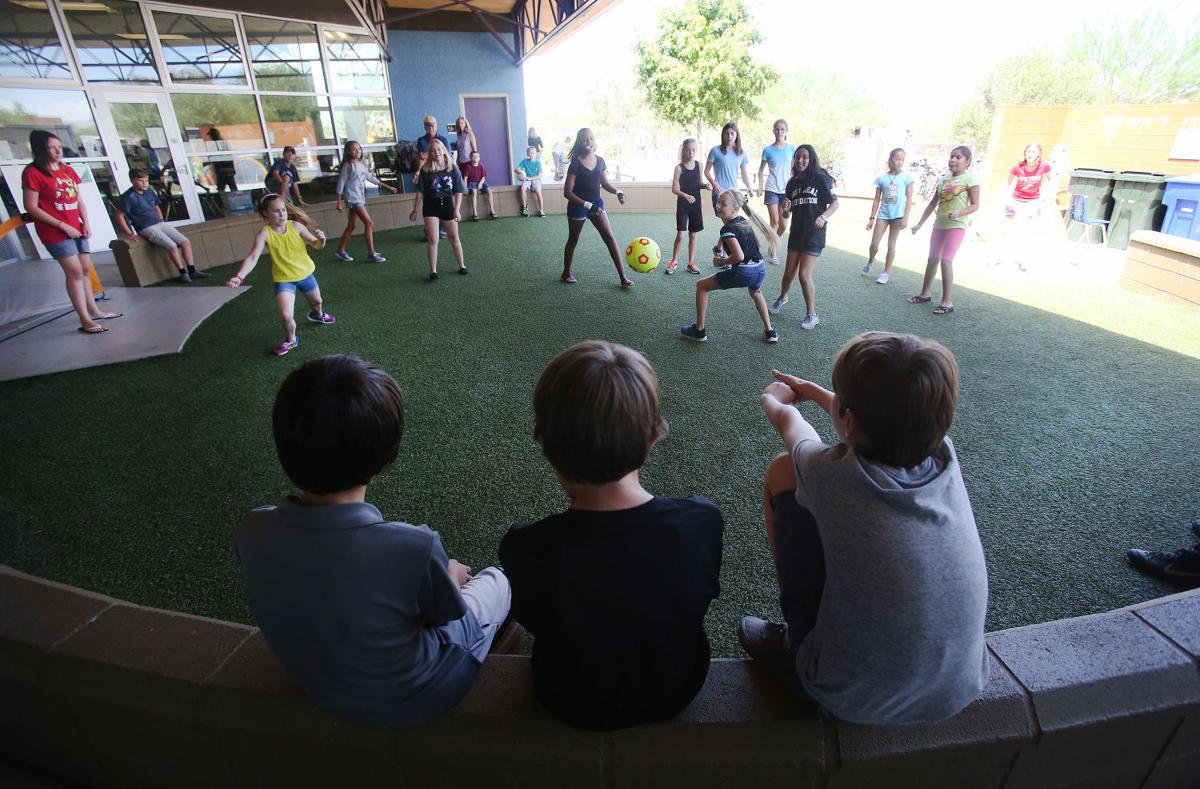Vail School District is considering big changes at its charter schools as the state continues to cut funding of district-sponsored charters.
Arizona’s school districts got about $1,000 more per student from the state for those attending district-sponsored charter schools prior to changes in state law. They now must figure out how to do without the perks the extra funding allowed, like smaller class sizes.
In 2015, the state cut funding for district-sponsored charter schools that did not operate before fiscal year 2014. This year, a provision shows the intent to eliminate all district-operated charter schools and transition those schools to traditional schools.
The Vail district and its Governing Board are faced with tough decisions on where to scale back and what to eliminate, said Calvin Baker, the superintendent. Some cuts have already been made as charter funding for districts was reduced by about half.
This year, districts operating charter schools were given $1.1 million to help ease the transition. But in the eyes of the state, district-operated charter schools have already become traditional schools for budget-line purposes, said Charles Tack, a spokesman for the Arizona Department of Education.
“The state Legislature decided that they didn’t want districts getting that additional money and they have taken us out of business,” Baker of Vail said.
Vail was the first district in the state to register a charter school, Vail Charter High School, as a public school district in 1996. Civano Community School opened two years later, and Mesquite and Acacia elementary schools, which were formerly traditional public schools, were converted to charters.
Those schools enjoyed smaller class sizes, special programs and — in the cases of the elementary schools — full-day kindergarten, Baker said. Those will go away in 2017; the elementary schools will provide half-day kindergarten, and class sizes will inevitably get larger.
Another prominent Vail program at risk is the Chinese immersion program at Mesquite Elementary, which Principal Diane Samorano said has been popular with parents. The program was funded using additional charter funding.
Now that that’s going away, the school has to find another way to fund it, she said.
The school is pursuing partnerships to not only prevent the immersion program from shutting down, but to expand it from kindergarten to third grade through fifth.
“We’d like to continue on,” she said. “We have made that commitment to our families.”
In 2014, fewer than 2,400 students in the state attended district-sponsored charter schools, the budget committee report said. That number grew to about 39,000 in 2015, substantially increasing costs for the state.
The surge had lawmakers concerned. State Sen. Kelli Ward, R-Lake Havasu City, previously said, “Some districts started to think about using charter to get more money and cost the state hundreds of millions of dollars without providing the innovative services we want in the charter world.”
Districts should be able to sponsor charter schools, said Eileen Sigmund, CEO of the Arizona Charter School Association. But the core of the issue is that district-sponsored charter schools had access to all buckets of funding, including local property tax levies, which regular charter schools cannot tap.
The provision to eliminate district-sponsored charter schools was a budgetary, rather than policy, decision, Sigmund said.
“We support equitable student funding based on a student’s needs and not on the system,” she said.





